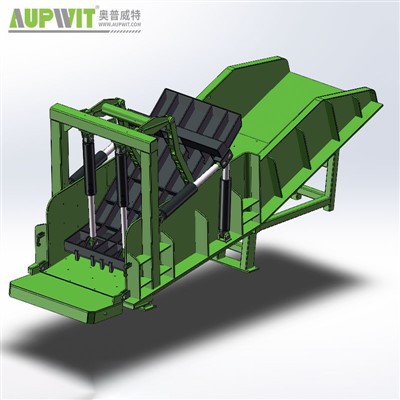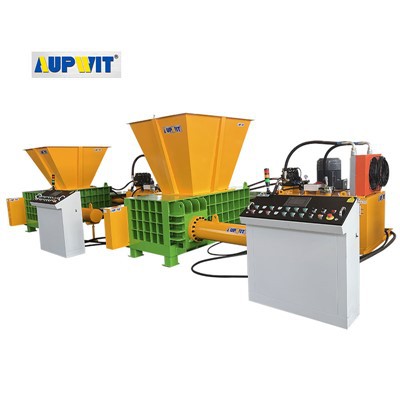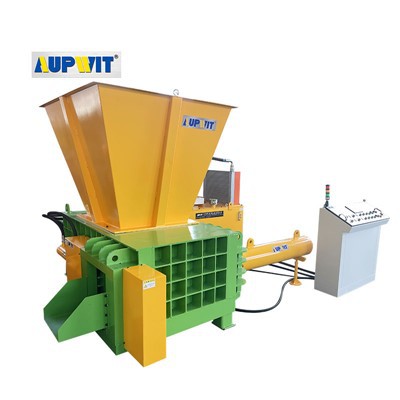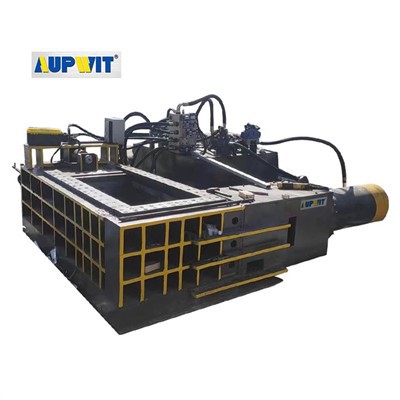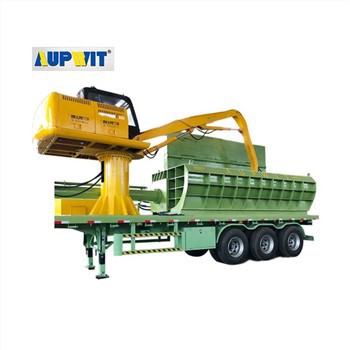Is Tire Baler Environmentally Friendly?
Evaluating the Ecological Impact of Tire Compacting Technology
Tire balers play a crucial role in waste management, but their environmental impact depends on multiple factors. Generally, these machines offer significant ecological benefits by addressing the challenges of tire disposal, though potential drawbacks require attention.
- Waste reduction: Compacting tires into dense bales minimizes landfill use, preventing toxic chemical leakage and land occupation
- Material recovery: Enables recycling of rubber, steel, and fabric into new products (e.g., rubberized asphalt), reducing virgin resource consumption
- Health protection: Eliminates mosquito breeding grounds by preventing water accumulation in loose tire piles
- Fire prevention: Secured bales reduce combustion risks compared to loose tire stockpiles that release dioxins when burned
- Energy consumption: Industrial balers may have substantial carbon footprints if powered by non-renewable electricity
- Fluid contamination: Improper handling of hydraulic oils or maintenance chemicals could pollute soil/water
- Noise pollution: Some models may generate operational noise affecting nearby ecosystems
To maximize sustainability, operators should select energy-efficient models (e.g., with low-power motors or regenerative braking) and adopt eco-friendly maintenance protocols. Partnering with certified recycling facilities ensures proper material recovery from baled tires.


